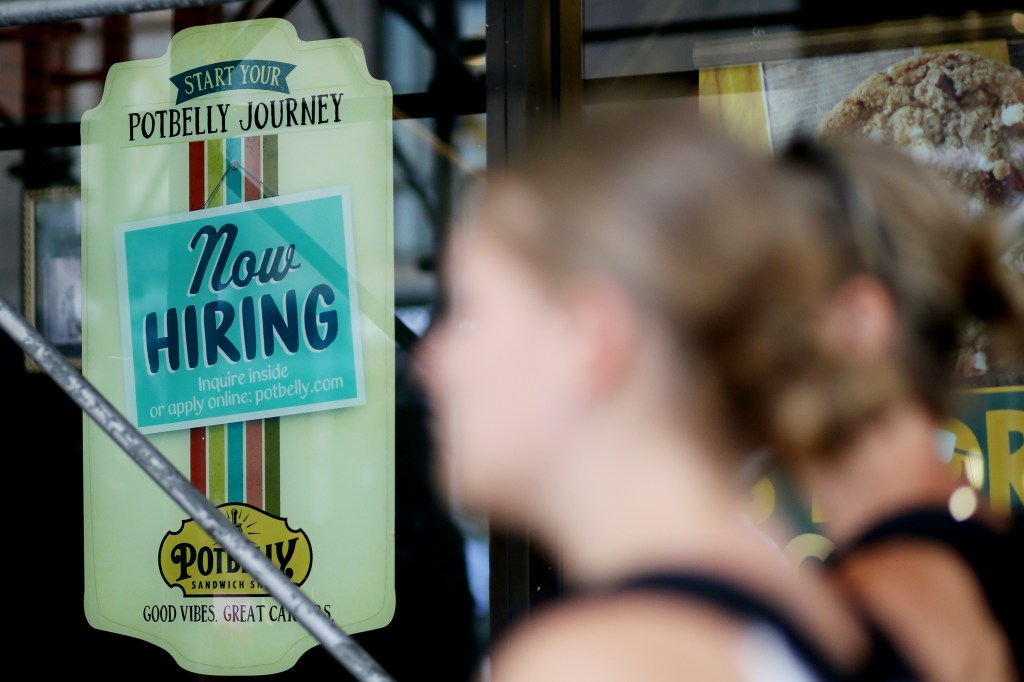The most important item on the domestic calendar next week is the final Reserve Bank of Australia Board meeting for 2022.

The most important item on the domestic calendar next week is the final Reserve Bank of Australia (RBA) Board meeting for 2022.
It also comes at a time when the (RBA) is among the more dovish central banks, having kept the policy rate lower than a number of similar developed economy central banks.
Nevertheless, and despite arguments for increases in the policy rate greater than 0.25 per cent, it is clear that the hurdle for higher policy increments in Australia is considerable and much higher. The most likely outcome of Tuesday’s meeting will be another 0.25 per cent increment.
That will mean the policy rate in Australia will likely finish the year at 3.10 per cent, below that of the US Federal Reserve (likely 4.50 per cent), the Bank of Canada (who will likely raise the policy rate on Wednesday 7 December by 0.50 per cent to 4.25 per cent), the Reserve Bank of New Zealand (already at 4.25 per cent) and even the Bank of England (likely 3.50 per cent). Only the European Central Bank (which only abandoned pandemic “emergency” settings in June) will finish 2023 with a lower policy rate somewhere between 2.25 per cent and 2.5 per cent.
Tuesday’s RBA meeting will be followed by the release of Australian gross domestic product (GDP) data for the September quarter. Economic growth likely proved resilient in the quarter with expectations currently centred on a 0.7 per cent increase in the quarter for an annual increase of 6.3 per cent (reflecting COVID-19 base effects). Markets will closely monitor wage growth data in the release amid signs that persistent wage growth may see the persistence of higher inflation in Australia leading to a series of further policy rate increases from the RBA in 2023.
Signs that inflation may be at least stabilising in the US have seen markets entertain a step-down in the policy rate increment from the US Federal Reserve (Fed) at its next meeting to 0.50 per cent.
Important non-farm payrolls data on Friday 2 December may reinforce the notion that the Fed will take more cautious steps from here. Market expectations are centred on an increase in employment of 200,000 and an unchanged unemployment rate of 3.7 per cent and a further modest reduction in average earnings to 4.6 per cent. That would be sufficient to allow the Fed to reduce the policy rate increment when it meets later in December.
Also important in shaping future policy rate expectations will be the key high-frequency manufacturing and service industry Institute of Supply Management (ISM) purchasing manager index (PMI) survey data. In particular, markets will focus on the price components ahead of the October consumer price index (CPI) release the following week.
Comments from Fed officials, in the wake of the forgoing US economic releases, will be closely monitored for indications of stepping-down in the policy rate increment.
European inflation numbers in the past week are slightly better, and have raised the prospect that the European Central Bank (ECB) could also contemplate a lower policy rate increment when it meets next in mid-December. ECB President Cristine Lagarde is due to address a central bank conference in Thailand over the weekend where she may give some indication of the scope for such a step-down.
Stephen Miller is investment strategist at GSFM